Airing down your tires - or letting air out of each tire to reduce the amount of pressure inside - is one of the single best improvements you can make to your vehicle’s off-road driving performance. And unlike many off-road or overlanding modifications, it doesn’t have to cost anything!
There are several benefits of airing down when on an overlanding or off road adventure, but the three main ones are:
Increased traction off road
Improved ride comfort on rough terrain
Reduced likelihood of tire damage or excessive wear
While there’s no universal guideline on when airing down will be beneficial or what exact pressure you should air down to, there are some general rules of thumb:
General off-road driving on rough dirt roads, two-track, and mild trails - a 25% reduction or 10 PSI is a good place to start
Traversing slickrock or more challenging trails with loose terrain, a 30-35% pressure reduction may be in order
Very soft terrain conditions such as sand or mud may benefit from up to a 50% pressure reduction
While lighter vehicles can typically run lower tire air pressure off-road as compared to larger heavier overland vehicles, choosing how much air to let out of your tires will ultimately depend on a variety of factors including: your specific overland vehicle’s characteristics, the weight it’s carrying, tire selection, what on-road pressure you typically run in your tires, and your own preferences and comfort level.
*(This post contains affiliate links. This means we may receive a small commission, at no additional cost to you, if you make a purchase through a link. See our full disclosure.)
One of the great things about airing down is that you don’t need much equipment to be able to do it - though there are some tools that can make it much easier.
Start by selecting a good set of Overlanding Tires for your rig - a quality off road tire performs significantly better when airing down
An accurate tire pressure gauge (preferably with a dial indicator)
A device for letting air out of your tires (discussed in detail below)
And a means to air your tires back up (also discussed below!)
**We always recommend carrying a good tire repair kit* as well, just in case
When it comes to airing down your tires, there are 4 basic methods that can get the job done depending on what your budget is:
 Manually Airing Down
Manually Airing DownThis is the simplest and cheapest method for airing down your tires.
All you need is a tire pressure gauge. If you’re using the typical basic sliding tire gauge*, you can use the nodule on the back to depress the schrader valve at the end of the tire stem and allow air to escape - pausing regularly to recheck pressure, and being careful not to go under your target tire pressure.
Another manual method that's a little easier is to use a tire pressure gauge with a dial* that attaches directly to the valve stem, and has a button that allows pressure to be released. Pause regularly and release the button to allow the gauge to display the current air pressure in the tire.
Manually airing down with these methods is time consuming - taking an average of 4-6 minutes per tire to release enough air to hit your target tire pressure. So if you’re usually in a hurry to hit the trail you may want to consider investing in a dedicated Tire Deflation Tool.
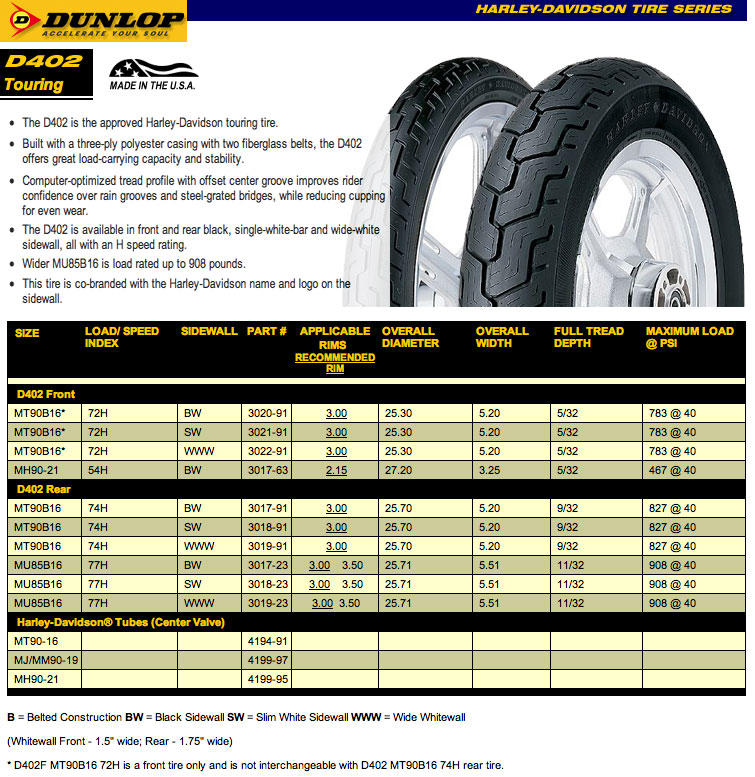 Tire Deflation Tools
Tire Deflation ToolsA tire deflation tool, like the ARB E-Z Deflator*, makes the process of airing down off road much faster.
The tire deflation tool physically removes the valve core - the mechanism in the schrader valve that prevents air from escaping - storing it internally to keep it free from dirt and allowing air to freely escape through the valve stem.
Just be sure to stop air flow frequently to monitor the gauge, and stop once your desired pressure is met.
Buy on Amazon
Automatic tire deflators, like these high-quality Staun Tyre Deflators, are the easiest method for airing down tires.
They can be adjusted to a pre-set PSI, attached directly to the schrader valves on each tire, and then you simply pull the pin and the automatic tire deflator will air down the tires to the preset pressure and stop once that pressure is met.
Though they are a bit pricey, they take up far less space than most other airing down tools.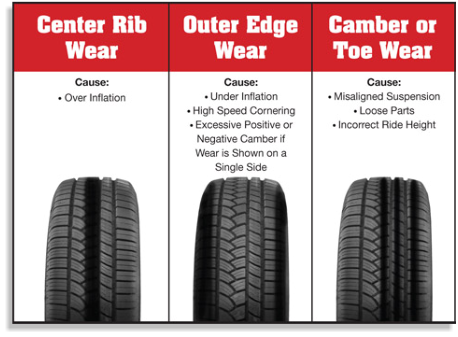
Buy on Amazon
The Indiflate 2 Hose Inflator/Deflator* is a slightly faster and more versatile tire deflation tool allowing you to deflate two tires simultaneously. And when paired with a compressed air source it will also inflate two tires at the same time to equal pressures.
Convenience comes at a cost, though, and it is quite a bit more pricey than other airing down options.
Buy on Amazon
There are a variety of ways to return your tires to normal operating pressure once you’ve aired down, had some fun off-road, and are ready to return to pavement.
If you only occasionally drive off-road, one of the cheapest methods for airing up your tires after coming off the trail is to simply go to a nearby gas station or car wash that offers compressed air and use their compressor to air back up.
OR if you’re traveling with a friend who has an air compressor on their overland rig, borrow theirs!
The downside is that you can’t always count on the easy access to, or availability of, a compressor to borrow near a trail. And prolonged driving on pavement with under-inflated tires can be dangerous and detrimental to your tires longevity, so plan accordingly before heading out.
If you plan to go overlanding or off-roading on a regular basis, but don’t want the hassle of wiring and installing an permanent on-board air system in your vehicle (more on this below), a quality portable air compressor may be the best solution for reinflating your tires if you’ll be airing down on a regular basis.
**When comparing air compressors, note that the “duty cycle” of an air compressor represents the amount of time the compressor can operate in a given time-frame at 100PSI and 72°F. For example a 33% duty cycle means that in one hour the compressor can operate for 20 minutes on, and needs 40 minutes off while a compressor with a 100% duty cycle can operate continuously for all 60 minutes.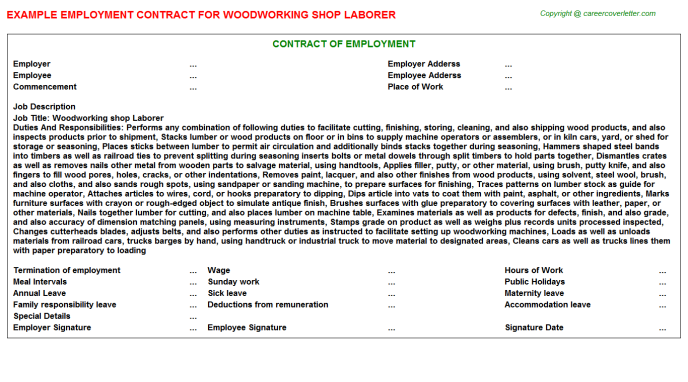 **
**
Portable air compressors come in a convenient kit and can be simply attached to your vehicle’s starting battery with the supplied clamps, allowing you to air up quickly and easily. Below are three solid choices at various price points depending on your usage needs:
Budget Portable Compressor
Buy on Amazon
Mid-Range Portable Compressor
Buy on Amazon
On-board Air Compressors are hardwired into your vehicle's electrical system and controlled with a switch inside your vehicle. They allow a faster and more convenient access to compressed air for returning your tires to street pressure after airing down.
They can also be used to operate air-locking differentials if you happen to upgrade your 4x4 vehicle to ARB Airlockers down the road to improve off-road performance.
Budget On-board Air Compressor Kit
Buy on Amazon
High-End On-board Air Compressor Kit
Buy on Amazon
 CO2 Tank Based Off-road Tire Inflation Systems
CO2 Tank Based Off-road Tire Inflation SystemsCompressed carbon dioxide tank based systems, like the one pictured below, can be used to air up your tires much more rapidly than other methods.
They have no electrical components and far fewer mechanical components to wear or potentially break, meaning you’re less likely to ever get stuck without a way of airing back up.
A 10lb CO2 tank holds the equivalent of nearly 400 gallons of compressed air.This is enough to air up a 33in off-road tire by 20 PSI approximately 30 times! The CO2 tank does, however, eventually need to be filled again (requiring recurring expense), and they are somewhat pricey to begin with.
Buy on Amazon
We hope this guide has helped you understand how airing down can improve your next overland adventure, as well as helped you choose a method for airing down that matches your needs and budget.
For more helpful overlanding, truck camping, and family travel info be sure to SUBSCRIBE for our blog updates.
And as always, thanks for reading!
The Best Off Road 4x4 Winch for Overlanding
How to Choose the Best Overland Tires
15 of The Best Budget Overland Vehicles for Cheap Off Road Adventures
Overlanding and Off Road Recovery Gear
The Best Overland Trails and Routes in North America
Pin This Post!
We’d Appreciate a Share! Thanks!
Overlandingtakethetruckoverlanding, truck camping, how to, off-roadingComment
Airing down your tires to off-road with your prized 2020 Ford Superduty Truck with its new Fab Fours bumpers on some surfaces can benefit you in a number of ways.
To gain those advantages, it’s important that you know how to air down tires and are equipped to air back up again when needed.
Follow these great tips on how to air down the right way and you’ll enjoy better traction when you need it without damaging your tires in the process!
If you’re planning on airing down and back up while on the trail with your off-road warrior, it’s essential to have the tools you need to accurately air down to hit the trail and air back up again before you head home:
Though there are a few cheater ways to air down your tires using a valve core tool, a Swiss Army knife, and other less traditional items to depress the valve core, this method isn’t very accurate and could leave you with under-inflated or unevenly inflated tires.
Rather than switching on and off with a pressure gauge until you’ve released the right amount of air or risking releasing too much air altogether, get yourself a tire deflator tool.
Designed with a built-in pressure gauge, a deflator tool screws onto the valve stem so you can control how much air you let out and measure to find the correct off-road tire pressure.
Best of all, there’s no air leakage when you apply or remove the deflator, keeping the tire pressure exactly where you want it.
What airs down must be aired back up or risk some serious damage to your tires if you drive on the road with under-inflated tires.
An air compressor is your best option to re-inflate before you even hit the pavement and head home.
Don’t waste your money on a cheap $30 auxiliary plug-in compressor though, as these often lack the power to inflate your tire back to the recommended PSI for street driving.
Get a powerful portable compressor that has a high CFM rate that runs on a high duty cycle.
A hardwired compressor in your vehicle is another great option if you air down and up a lot.
How do you find the correct off-road tire pressure?
Here’s a quick guide on off-road tire pressure recommendations for different uses, although you’ll still have to find the right amount for your vehicle using trial and error:
Reduce PSI by 25% – This setting is great for increasing traction on uneven dirt roads, moderate level trails, as well as washboard and comparable obstacles. It yields a soft enough ride to keep traction on most uneven surfaces without being too soft and slowing you down.
It yields a soft enough ride to keep traction on most uneven surfaces without being too soft and slowing you down.
Reduce PSI by 35% – A setting recommended for rock crawling, the softer tire will flex and mold itself around rocks as well as climb slick rocks, as that wider contact patch can better grip the surface.
No matter how much or little you’ve aired down the tires on your modded off-road truck, it’s critical that you air back up before you head home.
Riding with lower air pressure on the trail at slower speeds is great for traction; however, at higher road speeds such pressure could spell disaster for your tires as you’re essentially riding on the sidewalls.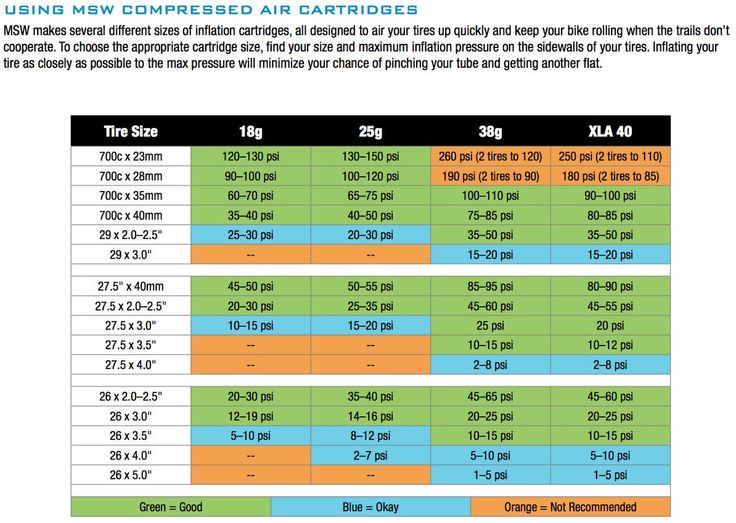
This is the exact reason why it’s recommended that you bring with you a way to air back up.
If you don’t have access to a compressor, take the shortest route possible and drive slowly to a gas station or auto shop where you can re-inflate to the recommended PSI for your tires.
Bottom line – bring a means of inflation with you!
Ready to jump into your Ford Super Duty truck with its new winch bumpers, air down those tires, and head to the trails?
As long as you’re prepared with the right gear to monitor your PSI and re-inflate your tires after enjoying the trails, airing down can enhance your off-roading and help you push those limits just a little further.
Safe, successful off-road driving starts with understanding what you’re doing and having the right equipment with you to do it right!
Tire storage in Moscow
Tires are made of rubber, which means they are afraid of three things:
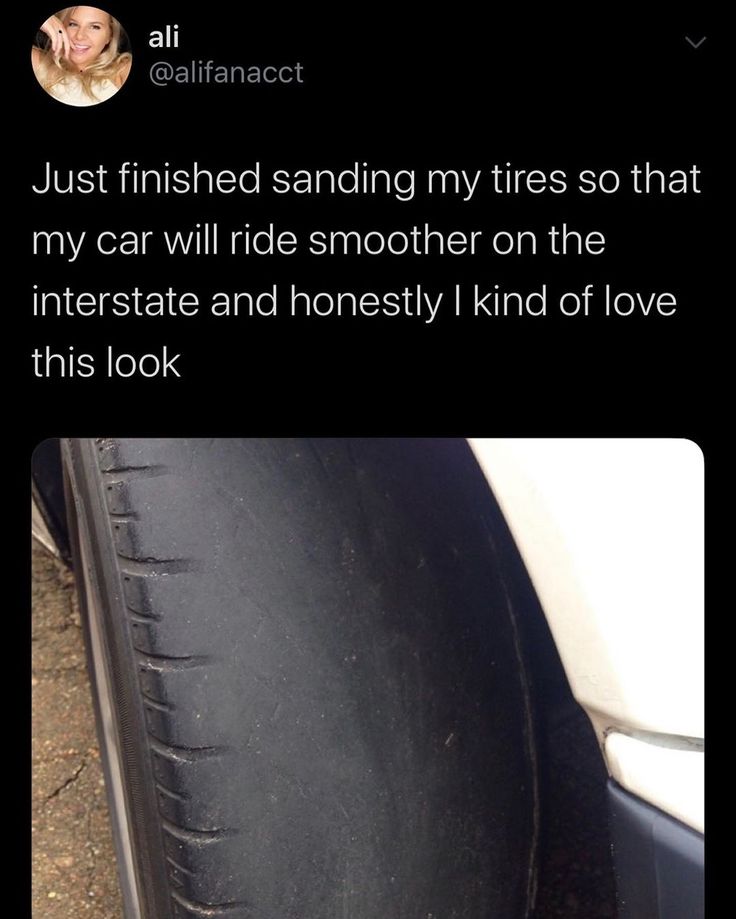
If under the influence of these elements the tread of your tire can be perfectly preserved, then the rubber itself will “age” from such an aggressive impact. In order not to have to throw away tires after the first season, experts recommend following the 7 golden rules for storing rubber. Here they are. nine0004
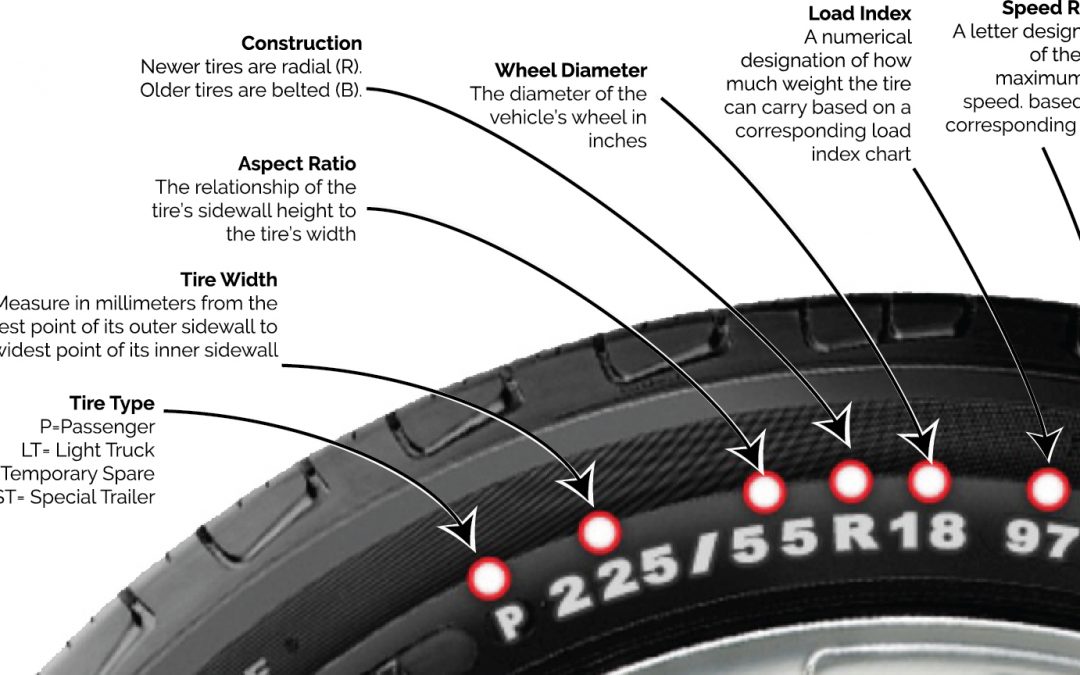 Do not use thin pipes or a stretched cable for this - they increase the load in separate small areas, contributing to deformation.
Do not use thin pipes or a stretched cable for this - they increase the load in separate small areas, contributing to deformation. 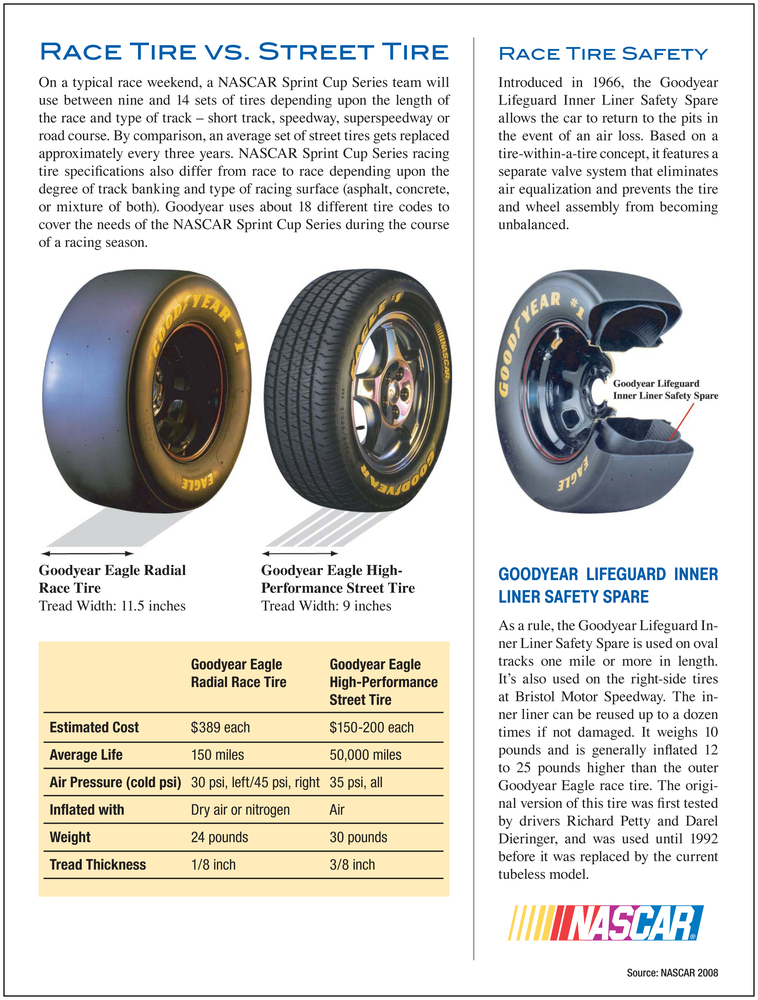 Separately stored cameras also need to be slightly pumped up and kept on brackets with semicircular surfaces.
Separately stored cameras also need to be slightly pumped up and kept on brackets with semicircular surfaces.

Book a box
Choose a warehouse on the map
Each warehouse has a convenient location and access, unloading point
How to choose
box size
Box size move the slider m 2
Lease term move the slider months
How to choose the box size?
Get a discount for prepayment:
You have chosen a box that has a special price:
5 %
for 3-5 months.
10 %
for 6-10 months
15 %
for 11 months
RUB/month/m 2
RUB/month
Proceed to booking
Your name
Phone
e-mail
Order a gift delivery
By submitting information, you agree to the Privacy Policy and Privacy Policy Statement 9004 v9002!
All belongings of our customers are insured!
The opening of the Rostokino storage center will take place on June 23!
Already now you can leave a request for the storage of things in our new warehouse! nine0004
You have chosen a warehouse:
box size 1.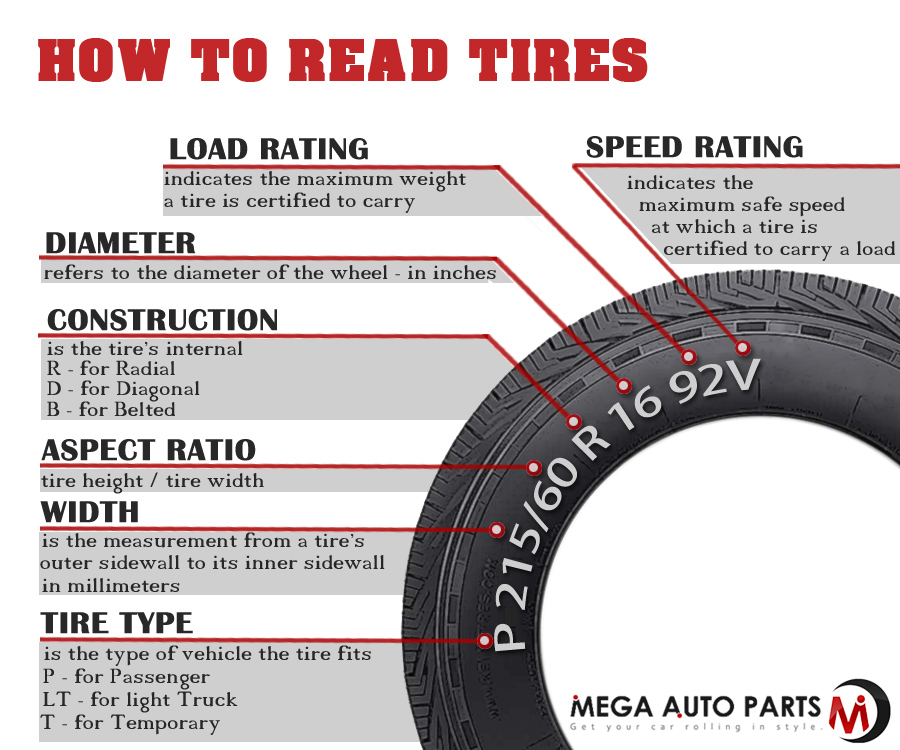 0 m 3
0 m 3
lease term 1 months.
discount 10 %
prepaid
We use cookies. Read more in our personal data processing policy Everything is clear
Modern tires and rims made from high quality materials can last for many years. With proper care, the wheels of your favorite car can cover more than one thousand kilometers. Every car enthusiast knows that each tire has its own seasonality, so your car should have at least two types of rubber. After the season, the rubber must be properly stored. It depends on whether it will be usable next year. nine0004

Since rubber deteriorates both at high temperatures and at low temperatures, the optimum storage temperature for rubber products can be 20-25 degrees Celsius. In this case, the humidity of the air should be about 70%. Direct sunlight should not enter the room, which can contribute to the burning out of the rubber and even its complete destruction. The roof of the room should not leak and not have through holes. nine0004
Car wheels can be stored as a whole or as separate elements by removing the tire from the rim. When storing the entire structure, it is necessary to adhere to certain rules: there should not be a sharp temperature drop in the room used, and the wheelset must be kept in working order.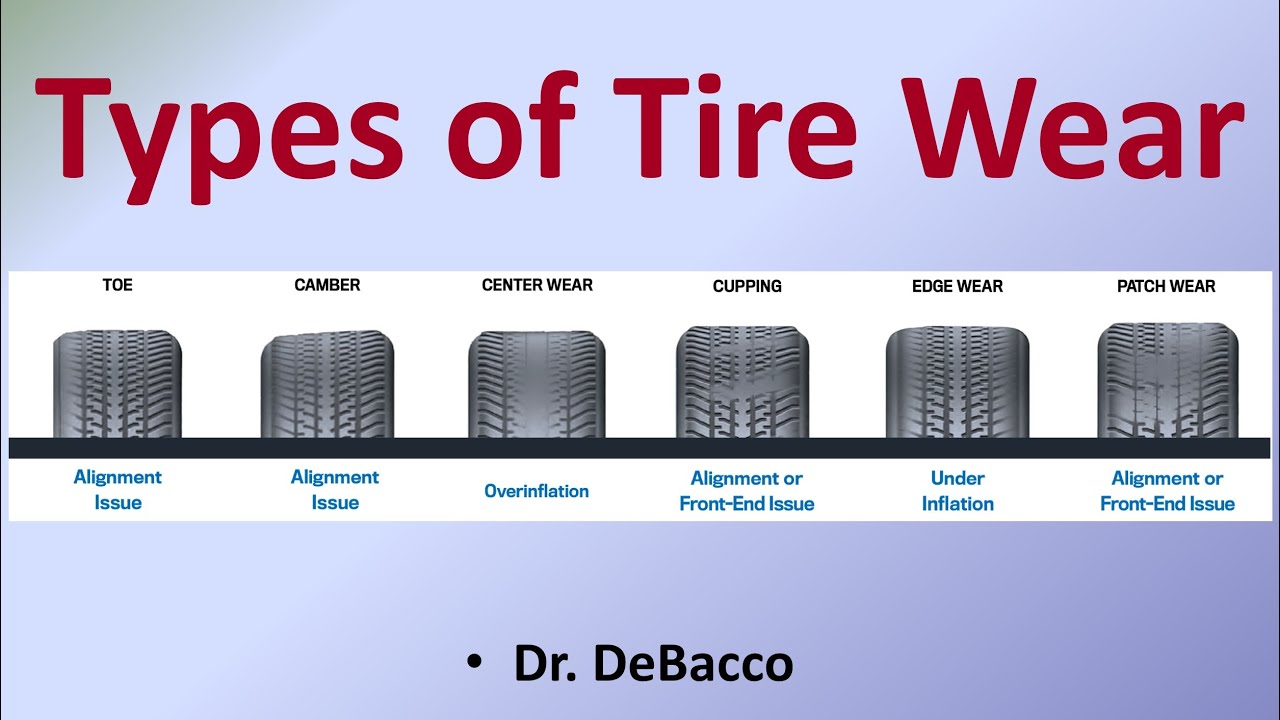 Tires must be pumped up to a certain pressure, it is better to pack a pair in a special plastic film and cover the entire structure with a special compound.
Tires must be pumped up to a certain pressure, it is better to pack a pair in a special plastic film and cover the entire structure with a special compound.
Before the new season, it is necessary to clean the wheels from accumulated dust and dirt. Then try to install them on the car. To do this, before removing the tires, make small notes about the old setting, mark the rear and front tires separately. This can be done using multi-colored caps.
The first option for storing bars is the hanging position. For this, there should be no deformation conditions at the point of contact between the bars and the holder itself. Also, with this method of storage, it is necessary to periodically change the angle of inclination. The hook for hanging must be covered with a clean natural cloth so that the elastic rubber does not stretch under the influence of its mass. nine0003 The second storage option provides for shelves or racks. In this case, each element is folded absolutely separately from each other.
In this case, each element is folded absolutely separately from each other.
Of course, in this matter, each car owner can only decide for himself where he can store his tires. You can clutter up the apartment balcony or pantry with them, you can adapt to store it in your garage, but it would be best to entrust the storage to professionals. The tire fitting workshop is specially designed so that you can not only carry out all operations related to beading, changing and inflating wheels, but also be able to store your tires until the next season. The workshop is equipped with special racks and shelves for proper storage of car wheels. nine0004
The room meets all the necessary requirements and standards for the storage of this product. Since it is better to store tires in an upright position to avoid deformation, this requires a lot of space. Tire shops have the necessary space, and are also fully responsible for the proper preservation of your car tires. This service is especially good for owners of several cars or truck owners. Since large diameter tires require even more space and special equipment, of course, not every home has it. According to the storage standards for rubber tires, in the case of a horizontal position, a stack for passenger car tires should not exceed one meter in height, and for trucks no more than one and a half meters. Tires should be checked carefully for defects and damage when they are put in storage. nine0004
This service is especially good for owners of several cars or truck owners. Since large diameter tires require even more space and special equipment, of course, not every home has it. According to the storage standards for rubber tires, in the case of a horizontal position, a stack for passenger car tires should not exceed one meter in height, and for trucks no more than one and a half meters. Tires should be checked carefully for defects and damage when they are put in storage. nine0004
The cost of this service is very affordable, therefore, when there is no possibility for normal storage of car tires in the garage, you should immediately contact the company providing this service. If you want to store the tire with the disc until the next season, in this case the price will be higher.
How much you take care of the condition of the wheels of your car depends on how long they will serve you, and most importantly, the safety of your car on the road depends on it. nine0004
Sorge, d.